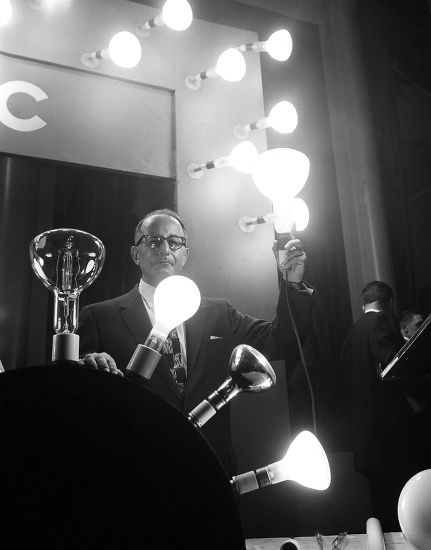Sound, Light, and New York City's Little Syria: A Look at Michel Macksoud's Original "Radio Lab"

Sound, Light, and New York City's Little Syria: A Look at Michel Macksoud's Original "Radio Lab" Original photo appeared in Richmond Times Dispatch , December 4, 1955. Courtesy of Shutterstock.com Back in 2019, in our search for information about record shop and record label owner A.J. Macksoud , we learned about the Macksoud family. The Macksouds were merchants in Manhattan’s and Brooklyn’s Little Syria. They owned a kimono manufacturing business, watch and jewelry stores, and, of course, Abraham J. Macksoud operated his record store since 1907 and a record label since around 1914 on Greenwich then Rector and finally Washington Street including 77, 88, and 89 Washington Street. At the same time A.J. Macksoud managed his phonograph record company, label, and record store, another Macksoud, an M.E. Macksoud , owned and operated his radio and radio components shop at 84 Washington Street. Ad for M.E. Macksoud's Radio shop from Radio Digest , November 22, 1924....
